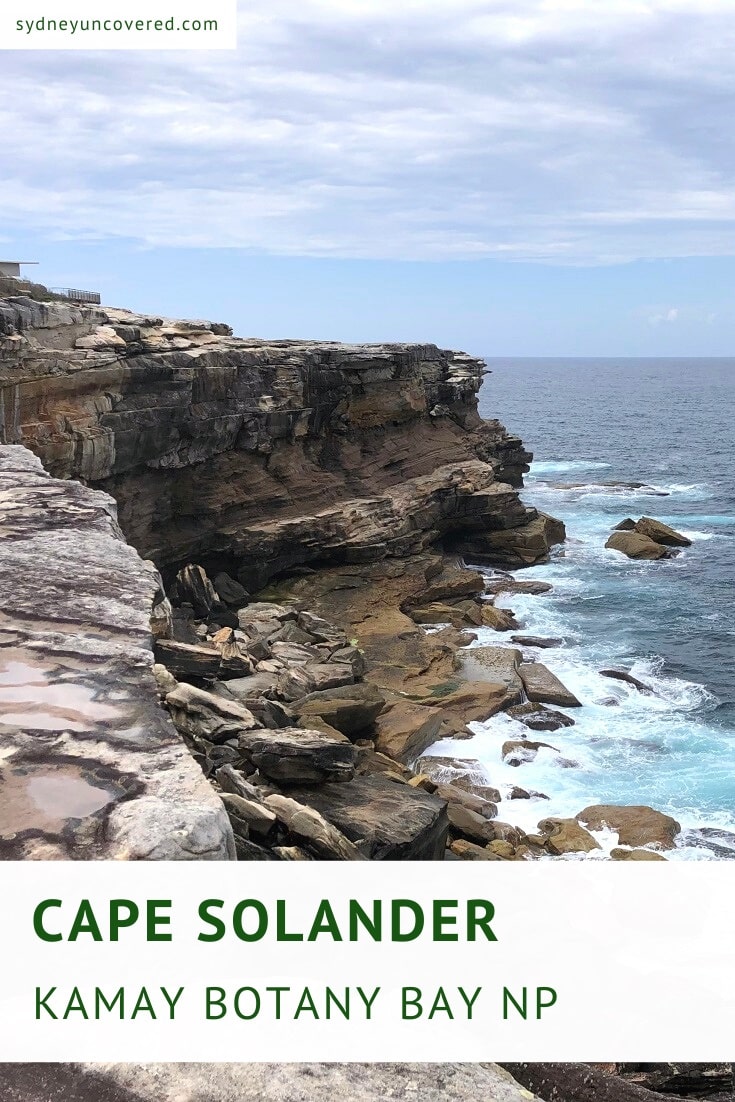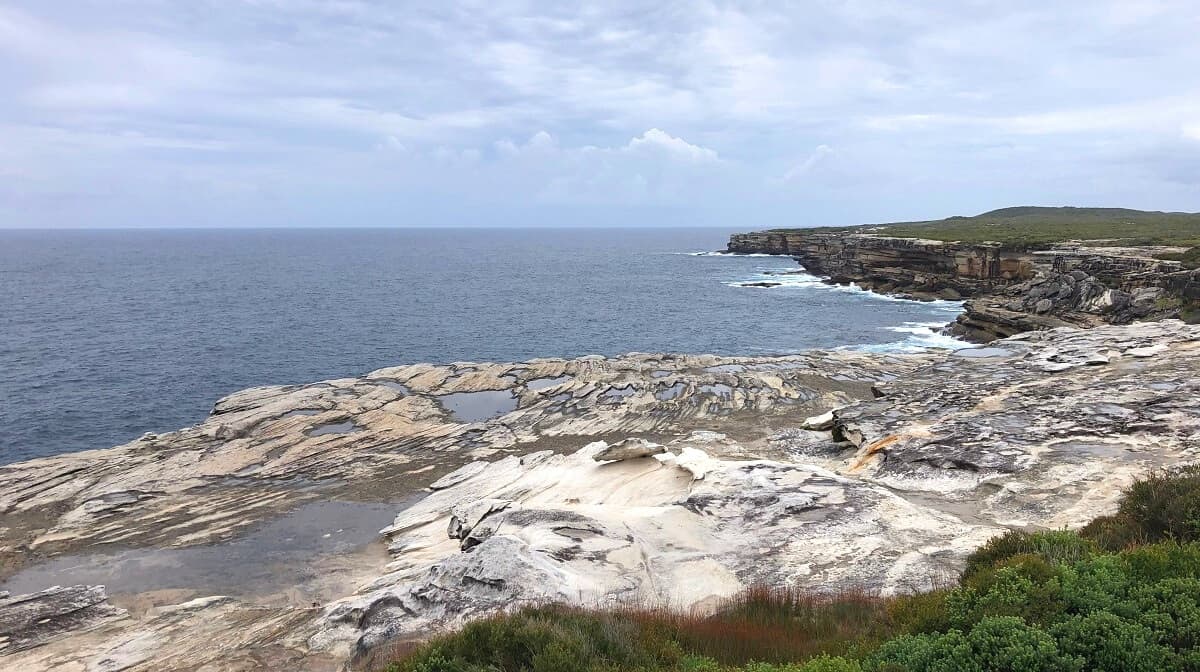Last updated: December 31, 2022
Known as one of the best whale-watching spots in Sydney, Cape Solander in Kurnell’s Kamay Botany Bay National Park offers panoramic ocean views from high sea cliffs.
Cape Solander is also a great starting point for several coastal and bush walking tracks in this unique area just south of Sydney.
Keep reading to find out more about this beautiful spot, how to get there, and where to park your car.
Quick navigation:
How to Get There
Cape Solander is located in Kamay Botany Bay National Park in Kurnell. Follow Captain Cook Drive around the Cronulla Sand Dunes.
Once in Kurnell, head into the National Park via Cape Solander Drive, which leads to the lookout (see map location).
Before heading to the lookout, you can make a quick stop at the Kurnell Visitor Centre at 21 Cape Solander Drive to pick up a map and learn more about the history of the National Park.
Entrance to the park is $8 per vehicle, allowing you to park your car in the national park the whole day.
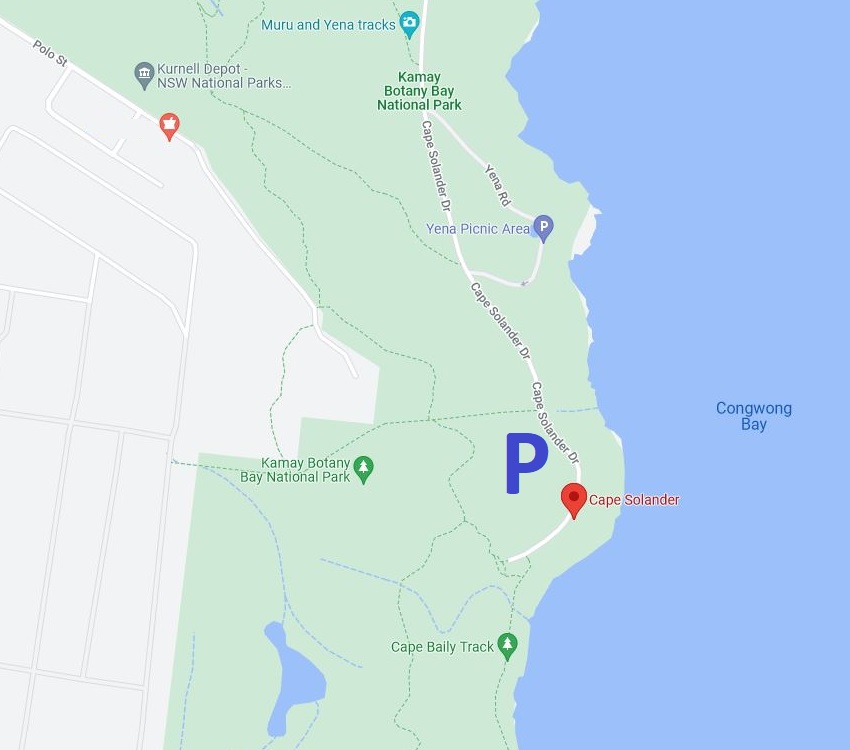
About Kamay Botany Bay National Park
Still somewhat unknown in the Greater Sydney area, Kamay Botany Bay National Park consists of two major headlands:
- The northern headland at La Perouse
- The southern headland at Kurnell
The northern headland is home to several walking tracks and fire trails, family-friendly beaches, historical sites (such as Bare Island), excellent diving spots, and various cafes and restaurants.
The most popular walk is the La Perouse Walk to Cape Banks, a fantastic 7.5 km circuit walk through various landscapes, such as coastal cliffs, beaches and bushland.
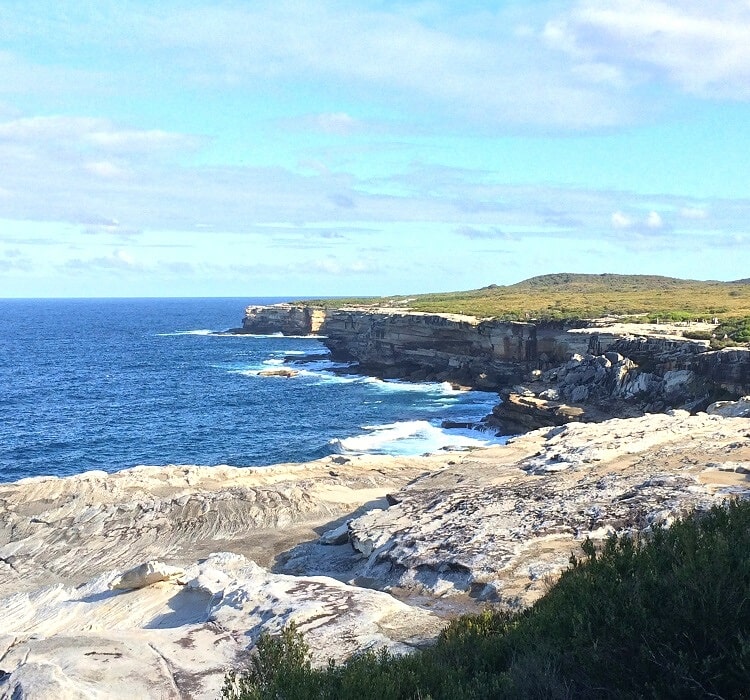
Included in the National Heritage List in 2004, the southern headland, otherwise known as the Kurnell Peninsula, is where James Cook first arrived in Australia in the year 1770.
The most popular attraction in the southern section of the Kamay Botany Bay National Park is, of course, the Cape Solander lookout.
About Cape Solander
Every year during the whale migration season from May to November, many Sydney-siders visit Cape Solander to try and spot migrating whales.
It’s for good reason that Cape Solander is regarded as a prime location to spot whales while they migrate to warmer waters. The whales often come as close as 200m to the high cliffs where the lookout is located.
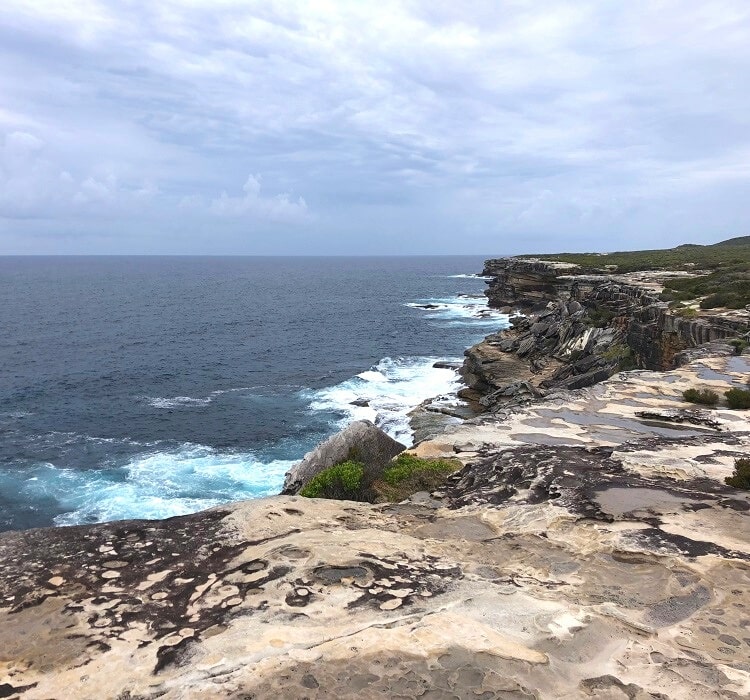
The popular vantage point is named after Daniel Solander, a Swedish botanist who travelled aboard the Endeavour with fellow botanist Joseph Banks and James Cook to Australia in 1768.
This also explains the name Botany Bay, which was initially called Botanist Bay, inspired by Solander and Banks.
Viewing Platform
The viewing platform at Cape Solander, with helpful information boards, is a solid concrete-built structure that extends to the south parallel to the road.
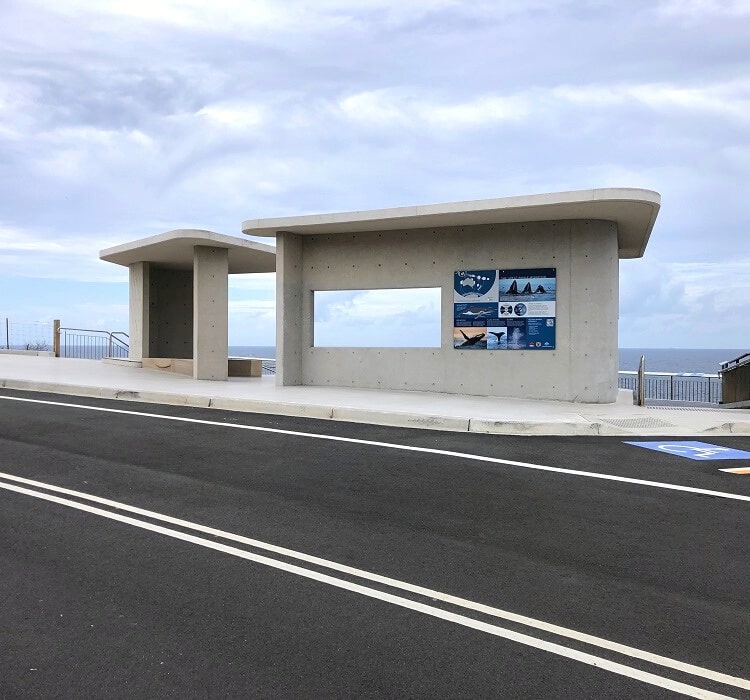
Go ahead and explore the entire area, as there are many spots where you can settle in and perhaps spot some whales.
In June and July, volunteers may also be available at the site and give you practical tips on where to see humpback whales and how best to spot them.
Especially on windy days, when the water is choppy, it’s not easy to spot the whales with all the occurring whitewash.
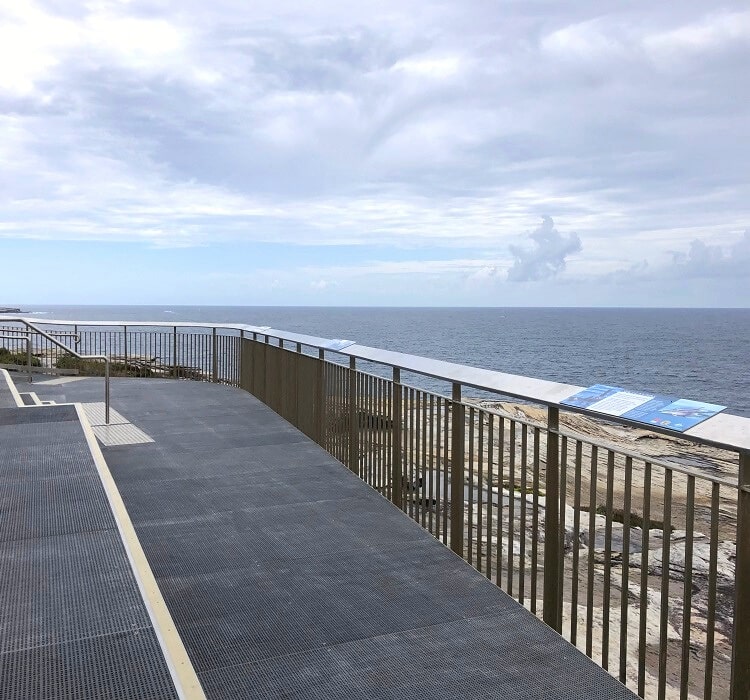
While there are lots of parking bays available at Cape Solander, it can get a bit crowded on the weekends during the whale watching season.
So, for the best views and a guaranteed parking spot, it’s best to come a bit early in the morning.
Walking Tracks Nearby
The Kurnell Peninsula is a great destination for hiking enthusiasts, with several coastal and bush walking tracks to choose from.
Doing one or more of these tracks is the best way to discover the beauty of the southern headland.
1. Cape Baily Track
One of the most popular walking tracks in the National Park is the scenic Cape Baily Track.
Starting from the Cape Solander Lookout, this 6 km return coastal trail to the Cape Baily Lighthouse meanders through a beautiful landscape of sandstone cliff tops and sand dunes.
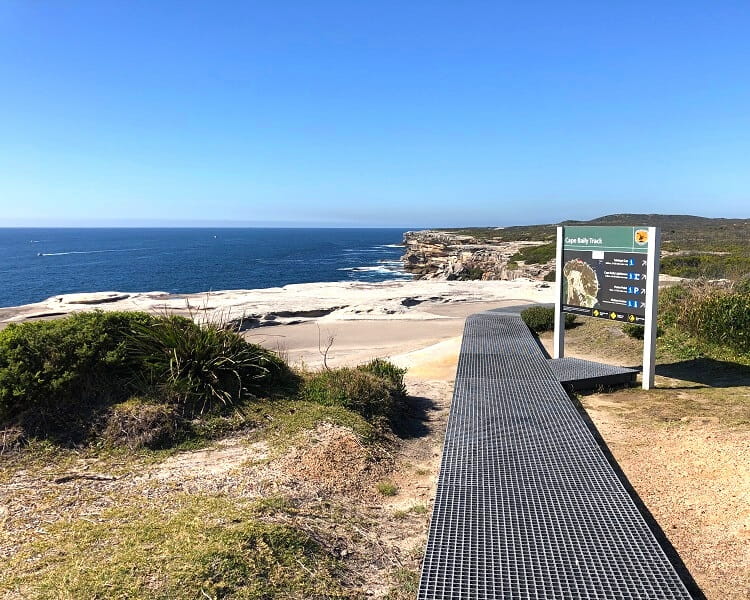
The Cape Baily Light, as it’s officially called, is an active lighthouse that helps north-bound ships to stay close to the coast and avoid the strong currents further away in the ocean.
It was built in 1950 and has quite a unique design, which makes the effort to undertake this scenic track even more worthwhile.
2. Muru and Yena Tracks
The Muru and Yena walking tracks connect the visitor centre with the Yena picnic area just north of Cape Solander.
The two tracks run parallel and can easily be combined as a 3 km circuit walk, with start and finish at the Kurnell Visitor Centre.
